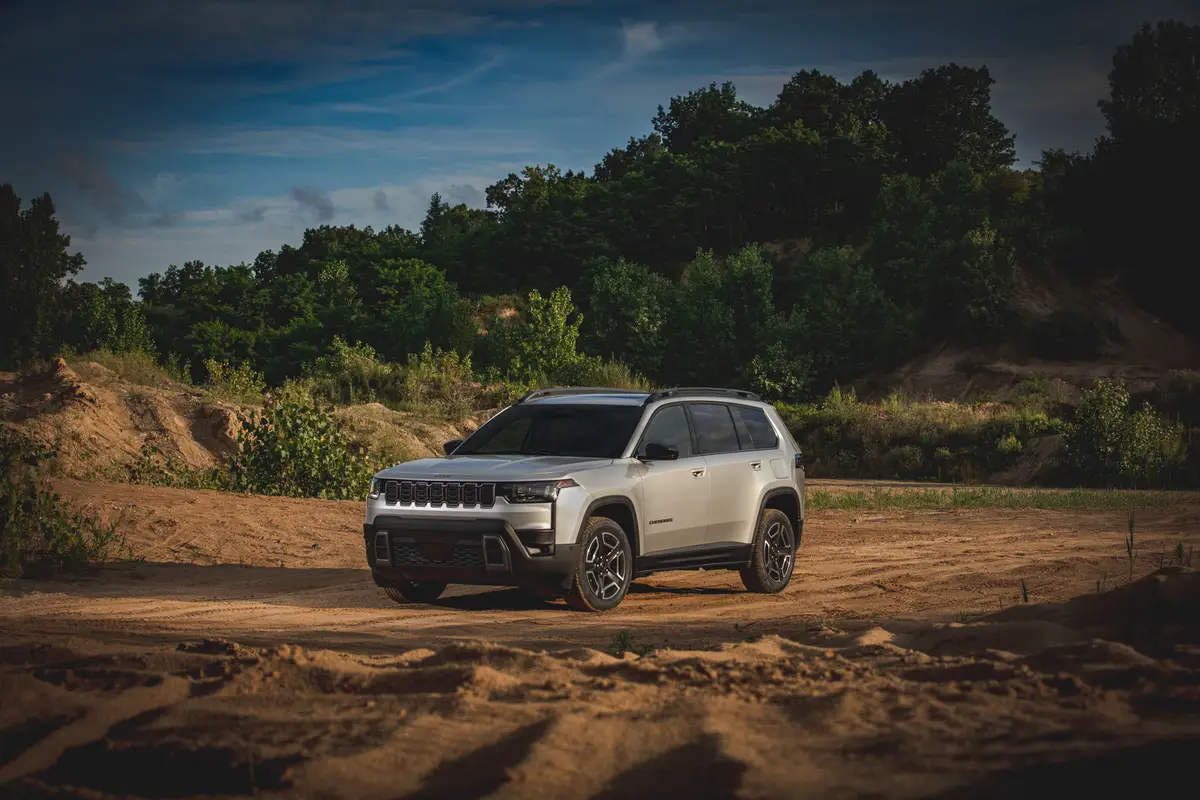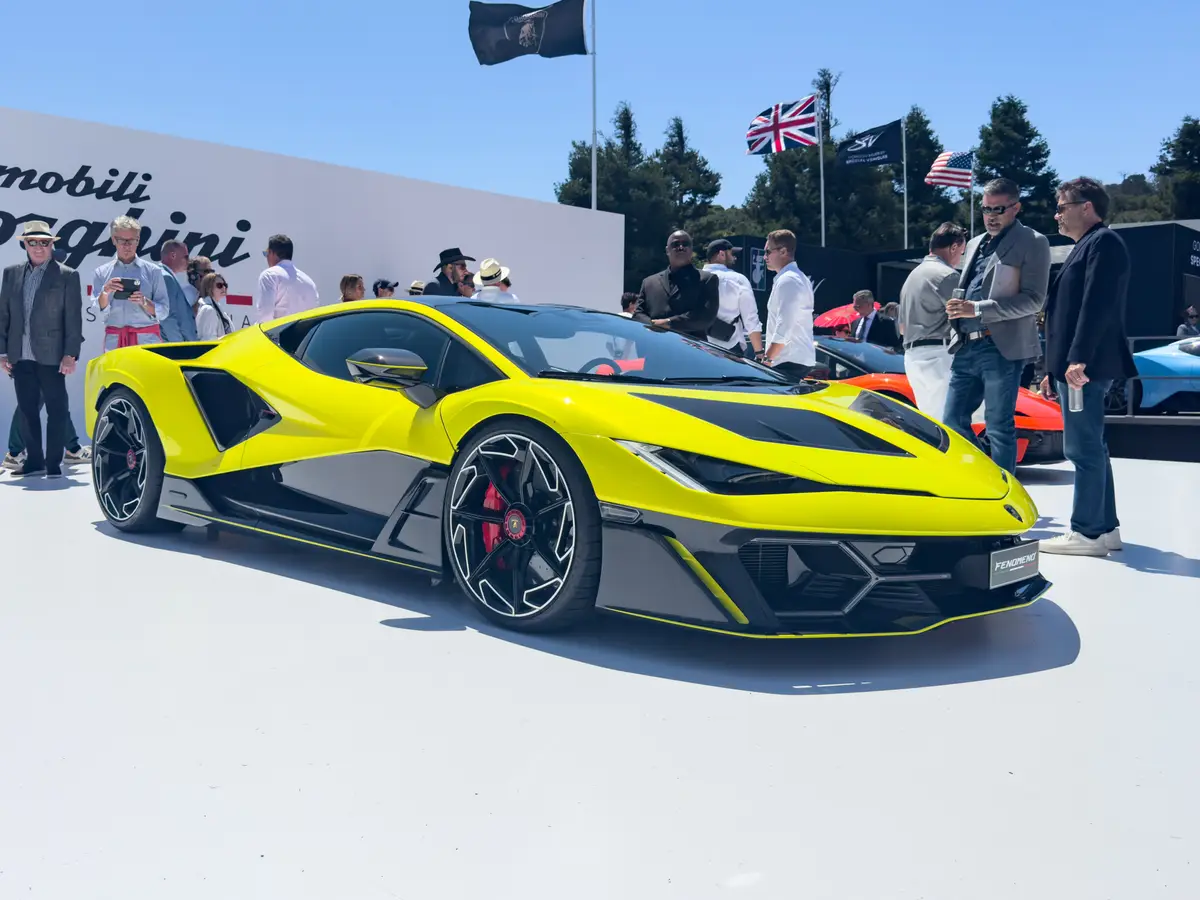Boston.com's view
Audi TT stirs the soul with its get-up-and-go
AUSTIN, Texas — There’s nary a scuttling armadillo nor a coiled, heat-seeking rattler in sight on the road in the rolling hills outside this Texas capital. We are motoring in the latest incarnation of the sports car as we knew it: the souped-up Audi TT.
I credit Mazda with the return of the two-seat sports car when it developed the Miata in the late 1980s. Back then, the classic British sports car having short-circuited from existence, we were happy just to see the return of even a tame little two-seater. Nimble though it was, quick it was not. Yet it went on to become the best-selling two-seater of all time.
Those sales can be chalked up to a yearning for the cute and the nostalgic, coupled with excellent engineering that delivered the soul of the British sports cars we so loved, yet without the latter’s troublesome mechanical/electrical tendencies.
However, over time, and being Americans, of course, we began to seek something else. Not only nostalgia, but edginess and raw power.
So came BMW to our shores with its 4-cylinder coupe/roadster, the Z3, which offered 1.8-liter turbo-charged engines that delivered 180 and 225 horsepower, depending on tuning. That was far more than the Miata, which evolved from a 116-horsepower 4-cylinder into a car that now produces 142 horsepower.
The leapfrogging for more power in sports cars had begun. And, it appears, it will ever be thus.
For it came to be that it was not long before drivers were complaining that the Z3, introduced in 1995, was not powerful enough.
In 2000, an Asian competitor, snarling like a motorcycle, stepped forward. It was the Honda S2000.
With a six-speed transmission and a redline at near 9,000 rpms, the S2000 truly drove like a quick motorcycle. I remember a trip in one from New Hampshire to Pocono Raceway for some track testing in which I legitimately used third-through-sixth gears at high interstate speeds.
On the track’s road course, in and out of sharp turns and rocketing down short straightaways, it was second and third gear, tach needle ticking 9,000 at times, all the way.
Then came further proof of not only the two-seater nostalgia resurgence, but also the need for speed when, for 2003, Nissan brought back the fabled Z sports car to the delight of panting Z-aniacs everywhere.
High costs had driven it out of production, to the exhausted note of whimpering sales, in the mid-’90s, long after its shine had been shed. It came back in the $26,000 to $35,000 range and for 2004 the coupe has been matched with a roadster.
Porsche’s Boxster prices itself slightly out of this competitive segment by about $5,000, yet even that car has been credited with lifting Porsche in the midst of lagging sales of its pricier 911s.
And now comes the new Audi TT 3.2, packing more pu nch and a truly remarkable six-speed transmission that shifts like a manual racer but exhibits the seamless traits of a fine automatic.
Why the thirst for more power in a two-seater that I think had plenty of get-up-and-go in the first place?
“A lot of it’s the baby boomers coming through,” says Len Hunt, Audi of America vice president. “They’re saying, `It’s my time after the minivan.’ ”
Then our group of journalists headed out into the land of straight roads, big sky, and (to the consternation of a couple of colleagues) lurking men with lights on their cars demanding cash on the barrelhead if they catch you speeding.
Indeed, the new TT is a noticeably more powerful, and stirringly more guttural, rendition of the already-quick two-seater. Its 3.2-liter, normally aspirated, six-cylinder engine exhibited a broad torque curve, loved fourth gear best, yet had no trouble accelerating even from fifth and sixth gears.
Most remarkab e — as it carved crisp corners like a knife and displayed agile, low-slung stiffness — was its transmission.
Billed by Audi as a Direct-Shift gearbox, it uses twin clutch plates (no, there’s only one pedal) to allow two gears to be “engaged” at once. What this means is that, as you drive and accelerate or slow down, and shift gears to do so, it “preselects” the gear it anticipates you will reach for next and gets to it before you do. By the way, you do this either via a shifter on the console or paddles on the steering wheel.
In simplest terms, a pair of shafts in the transmission, one inside the other, is each responsible for its own sequence of gears: one for first, third, and fifth; the other for second, fourth, and sixth.
So even as you approach the limits of third gear, the other shaft is already simultaneously engaging fourth. The result: no lags between shifts.
Latest news



